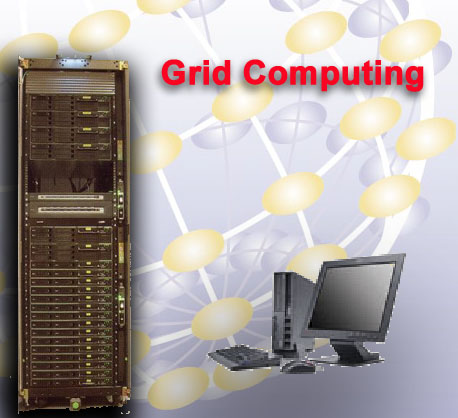History of High Performance Computing in Cambridge
| Cambridge-Cranfield HPCF > Research |
The research carried out on the CCHPCF covers a wide range of disciplines.
- Highlights of Research carried out on the CCHPCF
- A list of groups with projects on the CCHPCF
- A list of papers published from work carried out on the CCHPCF
- Abstracts and slides from the Launch event for the SunFire 15K system, October 2003
- Results and entries from the 2004 SunFire poster competition
Research Highlights
Contributions from CCHPCF users are very welcome. Contact webmaster@hpcf.cam.ac.uk.
Dept of Chemistry - Reactions on Surfaces

Recent technical and computational advances have cemented
the position of DFT as the primary theoretical tool for the description of surface
chemical processes on the atomic scale. Nowadays, DFT is regularly used to solve problems relating to semiconducting materials, for applications in the fields of electronics and optics. However, the difficulties posed by transition metals and reduced symmetry systems severely hampered the deployment of DFT in surface chemistry until the development of massively parallel computers in the 1990s. Into the 21st century, the future holds out the exciting prospect of applying the technique to gain important new insights into catalytic processes, and even biological systems. Specific projects underway at the present time include: |
Dept of Physics - Quantum Monte Carlo

In quantum mechanics, the state of a system of N electrons is described by a many-body wave-function which is a 3N-dimensional quantity and is impossible to calculate exactly using a standard mathematical technique. The Quantum Monte Carlo method offers an alternative efficient approach which accurately describes the interactions between electrons.
Electrons repel one another because they are charged and because they must obey the Pauli exclusion principle. This results in a 'hole' being created around each electron, from which other electrons are excluded. The figure on the left shows the hole created by an electron in a real solid as calculated by Quantum Monte Carlo. |
Centre for Grid Computing

The advent of the computational grid urges the third wave in IT after the
Internet and WWW. It would change dramatically human capabilities and
society with enormous benefits and implications. Sooner or later,
everybody is likely to be impacted by the grid in a similar way that we
were by the Internet. Grid Computing is already moving from a research
vision into production. In 2001, Forbes predicted the grid would be a
US$20 trillion industry by the year 2020. The Centre for Grid Computing
(CGC) is doing research on Data Storage, Data Mining/Data Warehousing and
Data-Intensive Computing on the Grid platforms within the context of the
Cambridge-Cranfield High Performance Computing Facility (CCHPCF). |